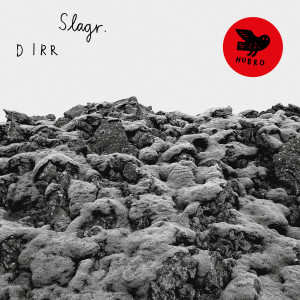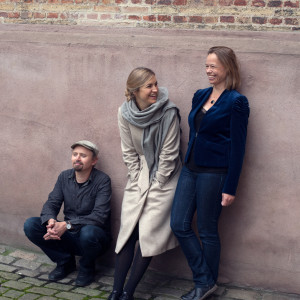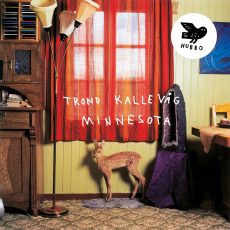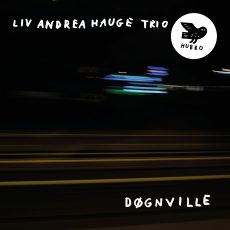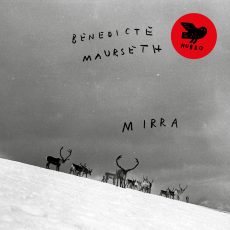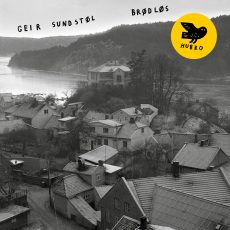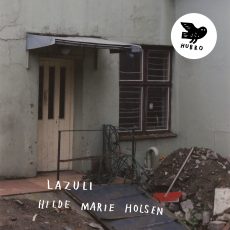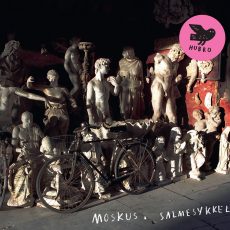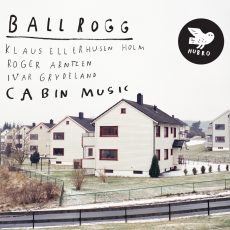The meditative music of Slagr – whose latest album, ‘DIRR’, was recorded and mixed by Andreas Mjøs of Jaga Jazzist, the producer of two previous Slagr albums – provides a portal for the imagination to roam free: a magical sound-world whose simple melodies and drones combine with an audio-palette of austere yet beautiful instrumental textures to provoke an infinite sense of openness capable of conveying a myriad of meanings.
The dream centre of Europe
While it may be reductive to see Slagr’s music as quintessentially northern or Nordic, it does fit the Danish artist Asger Jorn’s conception of the north as “the dream centre of Europe”. This is music that drifts along like clouds, changing shape almost imperceptively as it goes. It also requires very careful attention from the listener, as one adapts one’s ears to a microscopic rate of change where the slow drag of a horsehair bow across bare strings can suggest the harmonic flutter of a Mongolian throat singer’s music of the spheres, and where the disturbance of air around the lip of a glass half-filled with water creates a spectral hum that seems to become part of the very atmosphere, like sonic weather. But while the music of this very environmentally-aware trio (who in 2016 contributed to ‘Melting’, Amund Sjølie Sveen’s theatrical performance piece on the theme of global warming), inevitably carries strong associations of the natural world – one thinks, say, of a vast forest or tundra landscape whose open spaces represent a logical imaginative response to the wide open spaces of the music itself – there are important cultural associations too, not least with cinema and the filmic.
A Gothic evocation of rituals
On the present album’s wonderfully pliant opening track, aur, Amund Sjølie Sveen’s glass harmonica drones can suggest the distressed piano-shimmers of Roy Budd’s introductory theme to the cult thriller ‘Get Carter’, or John Barry’s iconic cimbalon-strings on ‘The Ipcress File’, together with their well-attested mutual influence on the creepy Theremin opening to Portishead’s ‘Glory Box’. Indeed, one of the great attractions of Slagr’s imaginative open-ness is the potential it holds for hearing allusive echoes of all sorts of things, from sleigh bells to seances. And the idea of a seance – the conjuring up of a particular spirit or atmosphere – might be a relevant reference point. There is an inescapable sense of the uncanny here, a Gothic evocation of rituals in the dark that is very effective whether the music is listened to attentively or used as a kind of subtle ambient ectoplasm floating in the background.
A powerful atmospheric presence
‘DIRR’, while maintaining a satisfying aesthetic unity that allows the album to be perceived as a thematic whole, like a suite or a cycle of related pieces, is also remarkably various. The interweaving of the respective instruments’ at times strikingly similar-sounding timbres, the wide range of noises each instrument makes, and the constant alteration or exchange between the ‘lead’ voice or voices from track to track creates a continual sense of adventure and surprise that is very appealing. We may not know what the music of Slagr is about – if music can be said to be ‘about’ anything – but it conveys a powerful atmospheric presence, a sort of aural spirit-photograph or record of the spaces – both internal and external – the music seems to move you through as it plays. Konserter 8. februar – Bergen Ny musikk 15. februar – Oslo Riksscenen 7. mars – Oslo Nynorskens hus (liggekonsert) 8. mars – Notodden 14. mars – Trondheim










